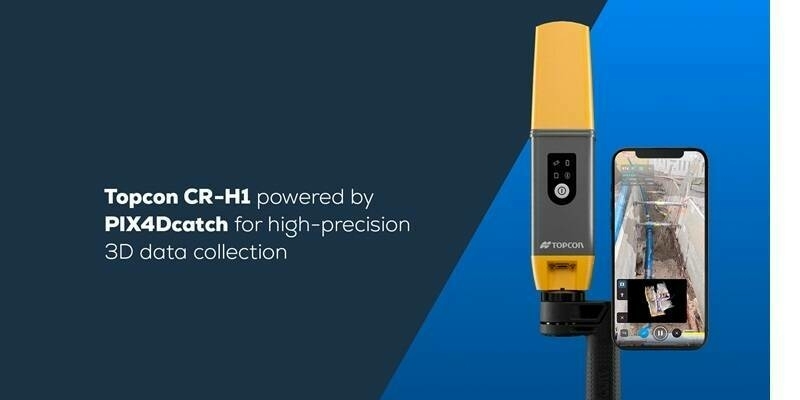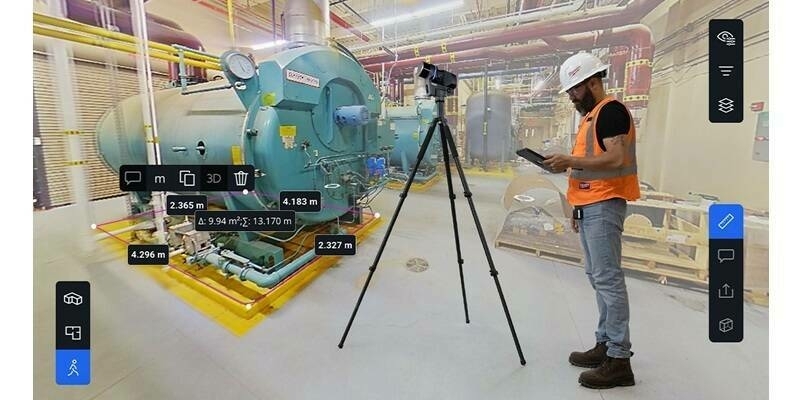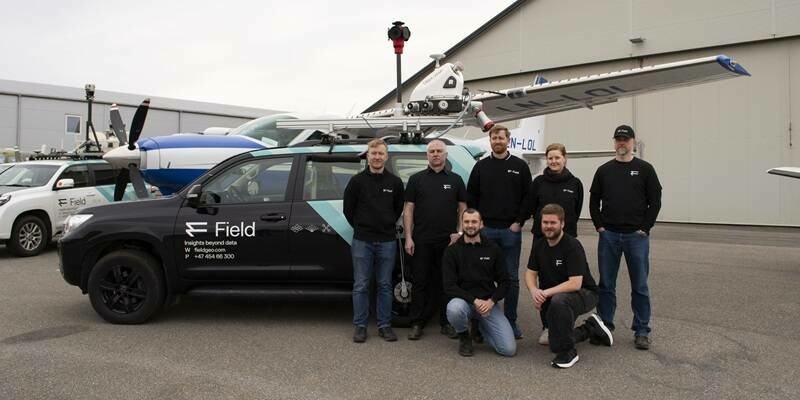Marine energy, defence and science company Sonardyne has been selected to provide a subsurface communications and navigation network for the Smart Sound Connect Subsurface (SSCS) Project.
Sonardyne will partner with the University of Plymouth and Plymouth Marine Laboratory to install, operate and manage an underwater acoustic communications and navigation network that will link to the existing surface assets.
Located in the city of Plymouth and the waters in and around Plymouth Sound, SSCS builds on the existing Smart Sound Plymouth infrastructure that underpins the National Centre for Coastal Autonomy. The £1.2million initiative, supported by funding from the Heart of the South West Local Enterprise Partnership, will further enhance the unique proving ground for businesses to test, trial, prototype and commercialise new products and services.
During 2023, Sonardyne will provide nine navigation and communications nodes based on its 6th Generation (6G®) technology, which can be deployed on the seabed either as fixed or mobile networks. In addition, two integrated sensor nodes will be supplied to enable real-time reporting of key subsurface operational safety parameters, including water temperature and currents. Sonardyne’s new Origin 600 ADCP with integrated acoustic communications and onboard Edge processing will be at the heart of these. In addition, two gateways to the subsea networks will be provided: Firstly, a Ranger 2 GyroUSBL, which can be mounted on either a crewed or uncrewed surface vessel, will act as a mobile gateway, and secondly, a Mini-Ranger 2 system, which will be mounted on the L4 buoy as a fixed gateway. Sonardyne will also be providing a comprehensive training and support package.
Subscribe to our newsletter
Stay updated on the latest technology, innovation product arrivals and exciting offers to your inbox.
Newsletter

